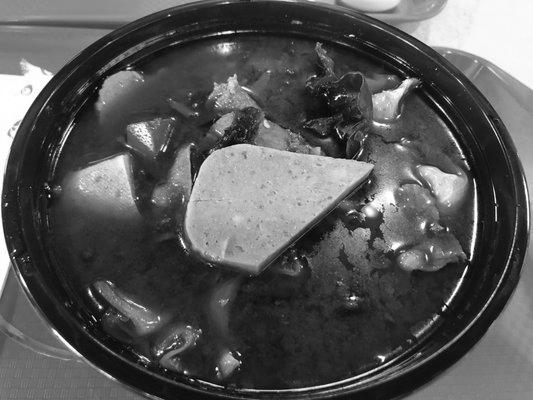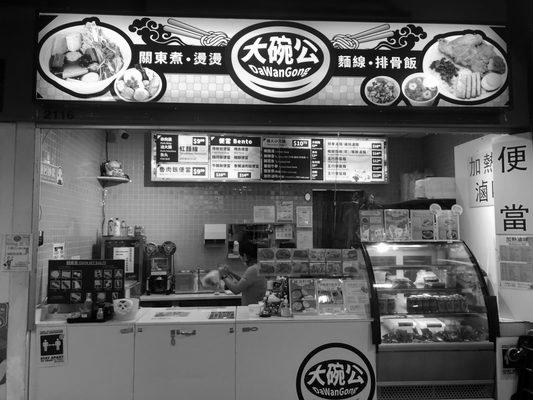Intro
I know what you’re thinking. ‘Isn’t that a food court?’
Well, it is, but not like any other food court. No, it is a shopping mall with a food court. It is the world’s first secure shopping mall. And I mean that in the most literal sense of the word:
We have built an entire world inside the store itself to make your shopping experience as secure and private as possible, without sacrificing any of the retail experience we know our customers enjoy.
The result? We are now using state-of-the-art security technology to keep your shopping experience as safe and secure as possible, and we do it by combining cutting edge facial recognition technology with real-time sensor surveillance systems which can detect even the slightest level of tampering or theft in milliseconds (and we are certain none of our competitors can do that). All this comes together to offer unprecedented protection for your personal information and your privacy, while still making shopping fun and engaging.
What is it
What is it?

That’s a good question. It’s a question around which the entire community of entrepreneurs and designers has been buzzing for some time, even if they don’t know it. We’ve seen a lot of great product concepts that just weren’t quite right in our crystal mall food court where we all gathered to eat and chat over some sushi before heading out to do other things. Here are three ways in which people have described what it is:
1) Productivity: How much can we get done in one place?
2) Ease of use: How easy is it to use compared with competing products?
3) Performance: How does the product perform against other products?
And here are three reasons why we think crystal mall food court is the answer to these questions. I hope you find them useful.

Resturant in the food court
It’s a food court in the Crystal Mall. And it’s a terrible one.
The Crystal Mall is a shopping mall in Dallas, Texas. It has been compared to the Macy’s department store, but with far more escalators, loading zones and carpeted stairs.
Review of the food court
Crystal mall food court is a no frills, fast food, Chinese food, good-value-for-money restaurant that opened up in Beijing near the north end of Yan’an road. It’s a typical Chinese buffet of fried rice and vegetable soup with a few different kinds of meat and banchan on the side. Most Taiwanese companies bring their own chefs to their restaurants to cook their food — this is clearly not the case at Crystal mall — although they do have employees who clean up after themselves. The chef is probably one of the lowest paid employees, although there are many people working in this area who make about as much as I do at my office.
It’s also a fairly small restaurant. In fact, it looks like it could fit inside an average sized car. And yet, when we went we were surrounded by maybe 30 tables or so each enjoying between 10–20 dishes each (enough for 2–3 people). There was plenty of room to move around but you still had to be fairly close to your table to enjoy your meal. It’s certainly not an intimate experience with no one around you talking or looking at you while they eat — but it’s still not very crowded either.
This might be why Crystal mall has been successful: there is nothing particularly special about the place itself and yet people seem happy enough with there being nothing special at all.

Conclusion
Since the advent of the internet, there have been a number of technology-related developments, including the proliferation of GPS-enabled smartphones, smart watches and internet-connected gadgets.
In recent years, a new trend has emerged which might be considered as “connected”. Namely, that of “smart malls”. These are meccas where people gather to socialise, shop and eat. The mall itself is usually not home to any food or drink outlets but is planned with such amenities in mind. In such places (especially in countries like Japan), you can get a very good meal at a very reasonable price.
Japan’s first such mall was actually an abandoned shopping centre in Urayasu City in Gunma Prefecture, on the outskirts of Tokyo. The shopping centre was closed down following its tenants leaving for other locations as the area became too expensive for their businesses to continue operating there (the space was eventually turned into a smaller shopping centre with more amenities). A construction company named Yoshimoto & Co., who were part of an international consortium which bought the site from Yoshimoto Corp., took over and began transforming it into an upscale food court-like space that would provide fast food restaurants, cafes and restaurants under one roof; initially featuring only three restaurants — one Japanese, one American and one Chinese — but gradually adding more facilities as time went on. The first tenant was McDonald’s Japan Ltd., which started operating there in late December 2004 while still awaiting approval from authorities at Tokyo’s Metropolitan Government (which has since subsequently approved it).
The concept caught on quickly after its opening: by mid-2005 the idea had already caught on among the people who live nearby such as students who lived nearby or those visiting from other parts of Japan or overseas; over 100 applications had been submitted by local residents wanting to open a McDonald’s Restaurant within walking distance; finally it got approval from Tokyo’s government allowing it to open officially on April 19th 2005 … and thus became the first restaurant set up by McDonald’s in Japan (the franchise for this outlet will be officially opened later this year).
The concept soon caught on even outside Japan: due to high demand from customers within Japan wanting fast food at affordable prices (and given that most McDonald’s outlets are located near busy train stations), similar concepts were also being set up throughout Europe and other parts of Asia including South Korea.
Five years after its launch, McDonald’s is still running their first outlet within a food court – KFC

